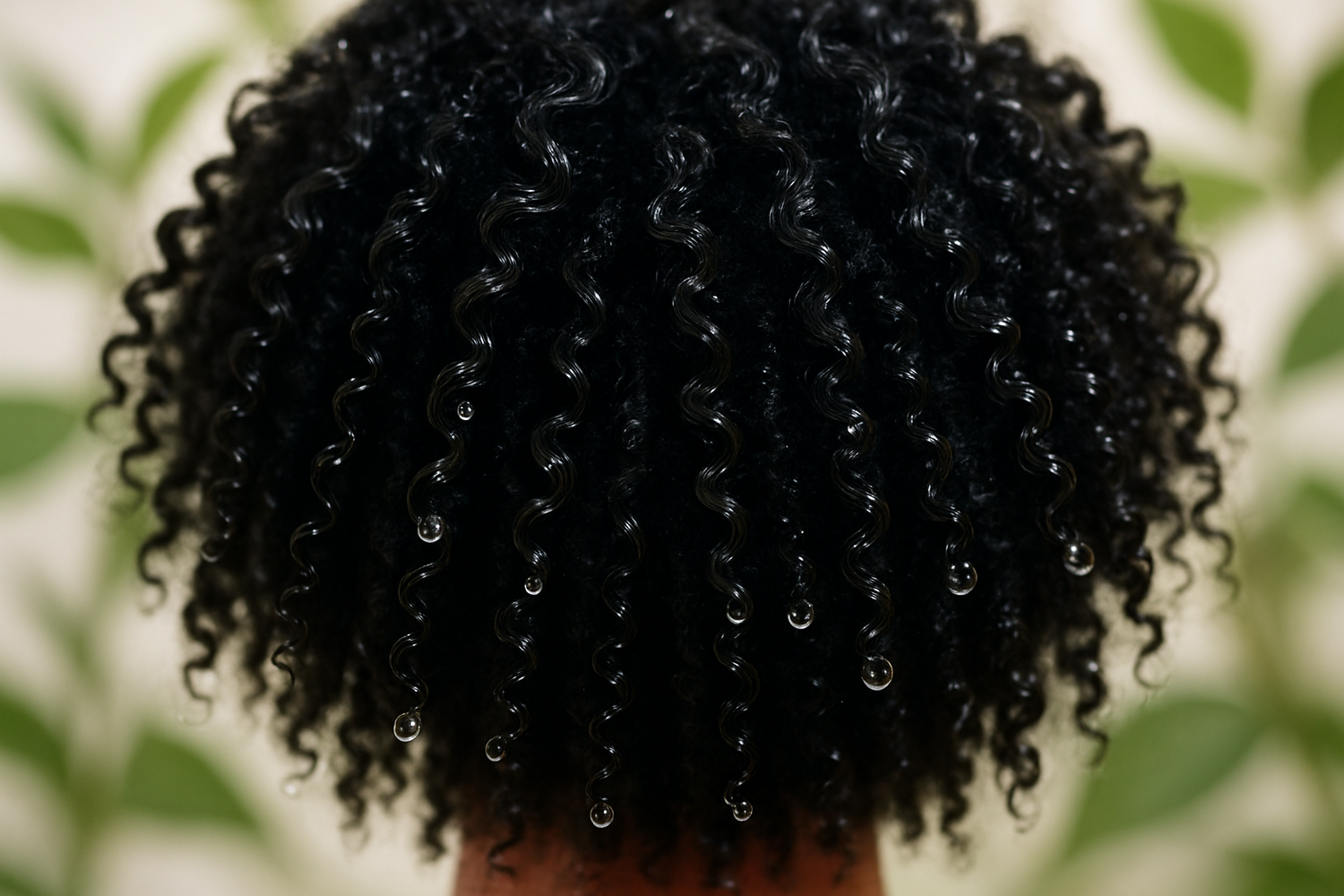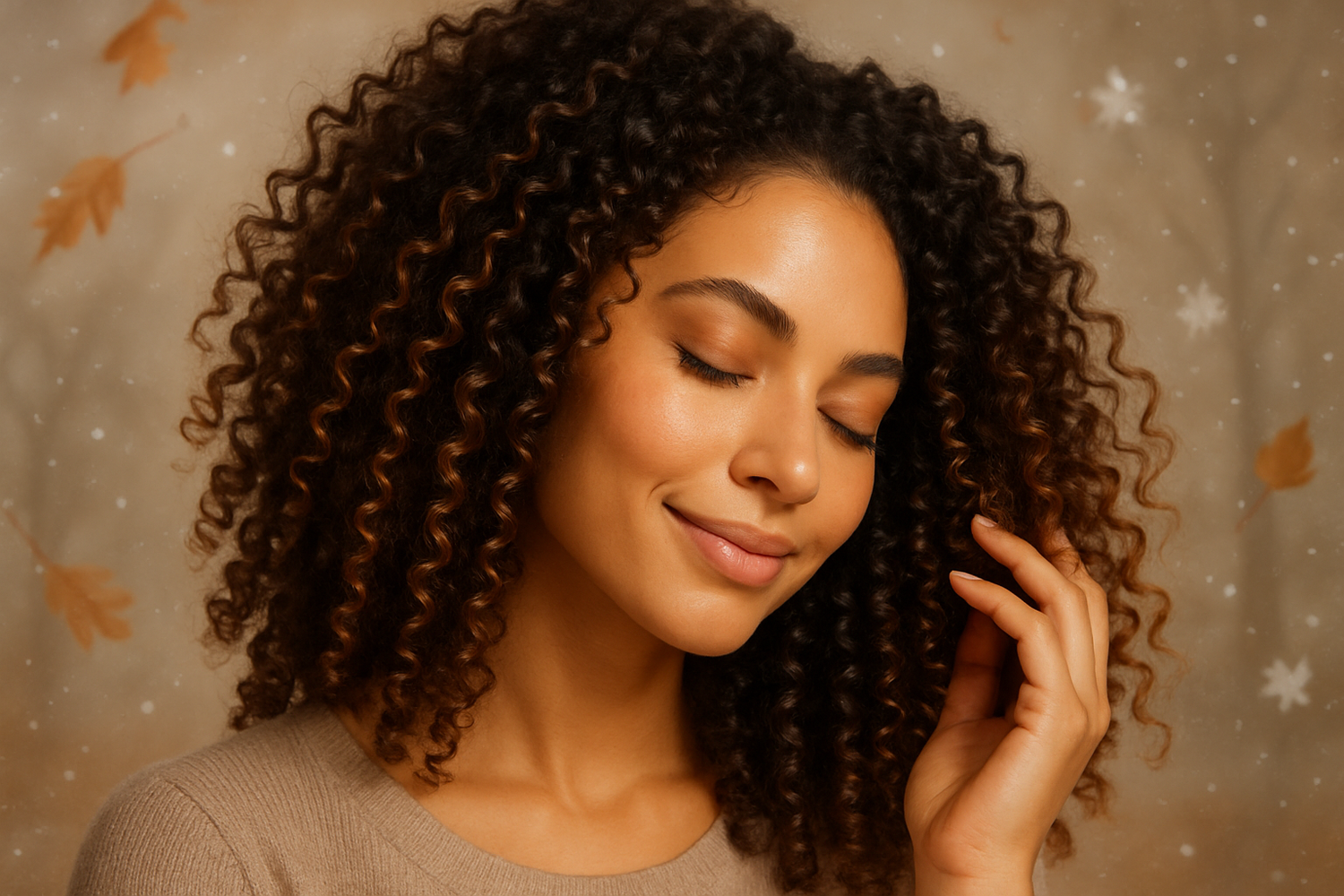Curly hair is a result of the hair's natural structure and the shape of the hair follicle. Several factors, including genetics, determine the curl pattern and hair type of an individual. Here's an overview of the science behind curly hair, including curl patterns and hair types:
1. Hair Structure:
- Hair consists of a protein called keratin, which forms the hair shaft.
- The hair shaft has three layers: the medulla (innermost layer), cortex (middle layer), and cuticle (outermost layer).
- The arrangement and bonding of keratin in the cortex determine the strength, elasticity, and texture of the hair.
2. Hair Follicle Shape:
- The shape of the hair follicle, located within the skin, plays a significant role in determining curl pattern.
- Round hair follicles tend to produce straight hair.
- Oval or asymmetrical follicles create wavy hair.
- Elliptical or flat-shaped follicles produce curly or coiled hair.
3. Curl Patterns:
-
Curl patterns refer to the way hair naturally forms curls. They are typically categorized using a numbering system (e.g., Type 2, Type 3, Type 4) and further subdivided into a, b, and c subtypes.
-
Type 2 (Wavy): This hair type has loose, S-shaped waves. It is further divided into:
- 2a: Fine, thin waves.
- 2b: Medium-textured waves with a slight curl.
- 2c: Coarser, thicker waves with more defined curls.
-
Type 3 (Curly): This hair type forms tighter, springy curls. It is further divided into:
- 3a: Loose, large curls.
- 3b: Medium curls with more volume and bounce.
- 3c: Tight, small curls that may resemble corkscrews.
-
Type 4 (Coily/Kinky): This hair type features tight, zigzag or coiled curls. It is further divided into:
- 4a: S-shaped coils with a visible curl pattern.
- 4b: Z-shaped coils that may have a less defined pattern.
- 4c: Tight, densely packed coils with minimal definition.
4. Hair Porosity:
- Hair porosity refers to the hair's ability to absorb and retain moisture. It can vary within each curl pattern.
- Low porosity hair has a tight cuticle layer that resists moisture absorption.
- High porosity hair has a more porous cuticle, making it more prone to moisture loss.
- Understanding porosity is essential for choosing the right products and hair care routines.
5. Hair Care for Curly Hair:
- Curly hair is often more prone to dryness, frizz, and breakage due to its structure.
- Proper care involves using hydrating shampoos and conditioners, deep conditioning treatments, and leave-in conditioners to maintain moisture.
- Protective styling and minimizing heat and chemical treatments can help maintain curl health.
6. Genetics and Ethnicity:
- Curl patterns and hair types are largely determined by genetics. Individuals with curly hair tend to have family members with similar hair textures.
- Hair types and curl patterns can also be influenced by ethnicity. For example, Type 4 hair is more common among people of African descent.
Understanding your curl pattern and hair type is crucial for selecting appropriate hair care products and routines. Embracing and celebrating your natural curls can help you achieve healthy, vibrant, and beautifully styled hair.





